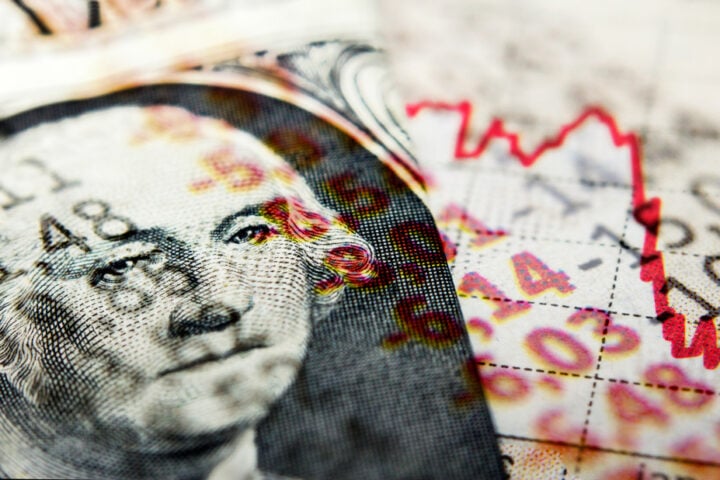Market Resilience Amidst Tariff Tensions
Wall Street ended on a positive note last Friday, despite the ongoing trade tensions between the U.S. and China. The Nasdaq, Dow Jones, and S&P 500 all posted gains, reflecting investor optimism even amid economic volatility driven by global trade disputes. However, the market remains cautious, as the impacts of President Trump’s tariff policies continue to unfold.
Positive Close for Major Indexes
The Dow Jones Industrial Average saw a solid increase of 1.6%, gaining 619.05 points to close at 40,212.71. Out of the 30 components in the Dow, 26 ended in positive territory, while four saw losses. The Nasdaq Composite followed suit, rising 337.15 points (2.1%) to reach 16,724.46. The S&P 500 also saw a 1.8% rise, adding 95.31 points to close at 5,363.36. Notably, all 11 broad sectors of the index ended in the green, with materials, energy, and technology sectors leading the way.
Investor Sentiment and Trading Activity
Investor sentiment was measured by the CBOE Volatility Index (VIX), which dropped 7.8%, signaling a decrease in market anxiety. A total of 19.19 billion shares were traded on Friday, which was slightly below the 20-session average. The S&P 500 posted one new 52-week high and five new lows, while the Nasdaq recorded 21 new highs and 147 new lows, reflecting the volatility in the market.
Economic Impact of the Trade War and Inflation Concerns
The intensification of the U.S.-China trade war has triggered increased fears of inflation, adding to the economic uncertainty. On Friday, China raised its import tariffs on U.S. goods to 125%, following President Trump’s announcement of reciprocal tariffs of up to 145%. This escalation in trade tensions continues to impact global markets, as investors digest the potential for further disruptions to trade flows and the global economy.
The University of Michigan’s consumer sentiment index for April dropped to 50.8, its lowest level since June 2022, as inflation concerns grew. Meanwhile, the Producer Price Index (PPI) for final demand decreased by 0.4% in March, indicating a slowdown in producer prices. However, the core PPI rose by 0.3%, suggesting ongoing inflationary pressures in the economy. These mixed signals reflect the delicate balancing act the U.S. economy is facing amid escalating tariffs.
Federal Reserve Expectations and Investor Sentiment
Amid these trade disruptions, there is growing speculation that the Federal Reserve may be forced to lower interest rates in the coming months. The ongoing tariff battles, combined with inflationary concerns, have left many investors uncertain about the future trajectory of the economy. As a result, market volatility remains high, and economic sentiment continues to fluctuate.
Weekly Performance Summary
Despite the uncertainty, Wall Street ended the week strong, with the S&P 500 posting a 5.7% gain, marking its best week since November 2023. The Nasdaq also rose by 7.3%, its best weekly performance since November 2022, while the Dow climbed nearly 5%. This positive performance comes in the face of continued global trade tensions and inflationary pressures.







